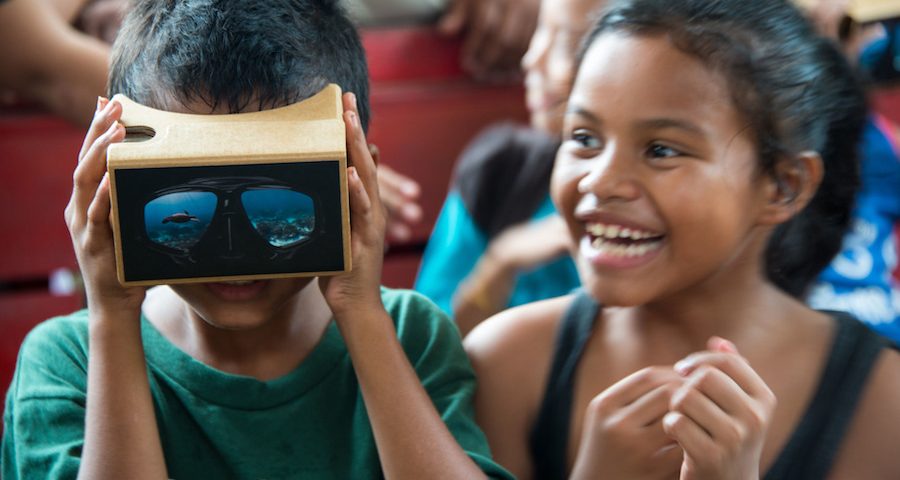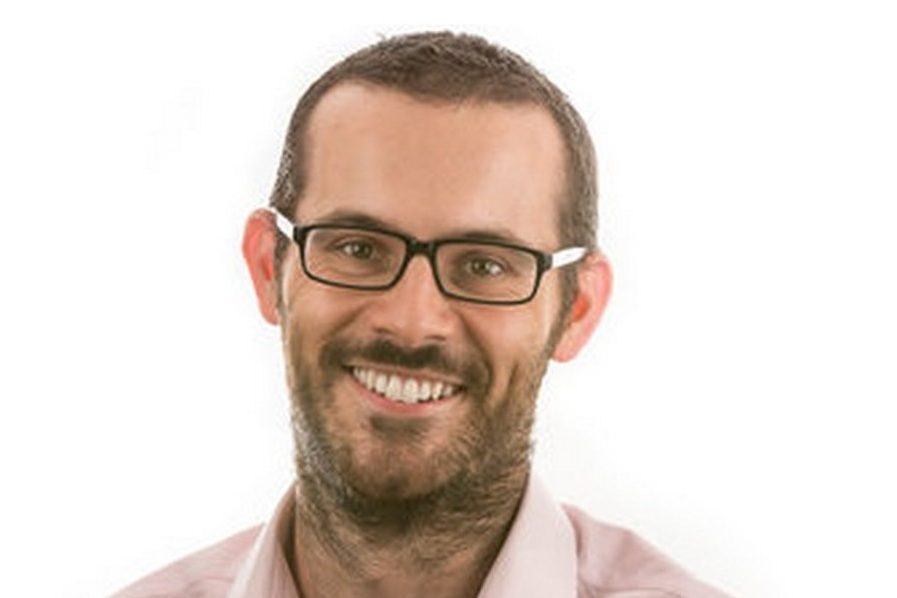
Expert View: What living in the ‘attention economy’ means for CSOs
March 27, 2019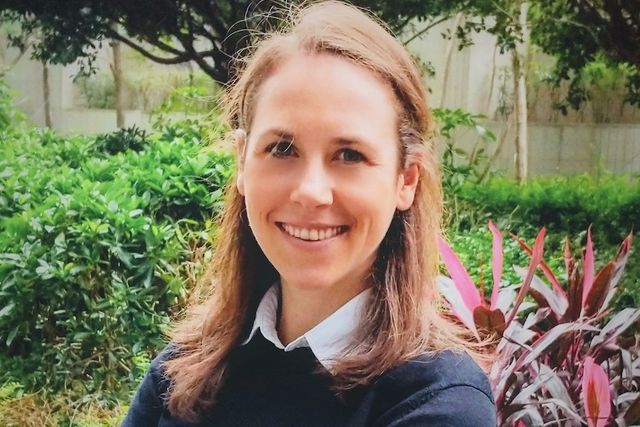
Your Voice: Building a Global Philanthropic Movement through GivingTuesday
March 27, 2019Technology is always evolving, presenting new opportunities for fundraisers to reach out and engage supporters. We ask digital experts from across the sector their views on how digital can be used to enhance charities’ fundraising.
From blogging to vlogging
As charities have increasingly turned to digital channels to create closer links with supporters and beneficiaries, blogs have proved a successful engagement tool. However, its popularity with consumers means that video is now taking centre stage: YouTube alone for example has over a billion users, 82% of Twitter users watch video content that has been tweeted and mobile messaging users are frequently favouring gifs over static emojis. In fact, the prediction is that by 2020, online videos will make up more than 80% of all consumer internet traffic.
So where are the opportunities for charities?

Mattia Dell’era, Fondazione L’Albero della Vita
“The future of digital for fundraising is all about humanisation,” explains Mattia Dell’Era (Italy), Digital Fundraising Manager at The Tree of Life Foundation (Fondazione L’Albero della Vita) in Italy. “The more technology advances and the more sophisticated it gets, the greater the temptation to focus on technical solutions, when the solution – in the vast majority of cases – is humanistic, empathic and understanding.”
“The real opportunity lies with how digital channels enable charities to better communicate their activities, sharing stories from field workers, donors and beneficiaries. The development of a vlog by NPOs is a new starting point for online communication, creating a more “humane” and engaging approach to donors.”
A vlog (video blog) enables charities to provide a regular stream of authentic video content, exposing the people behind the charity’s brand, communicating the daily challenges they face and their progress. Reflecting the increasing pressure on people’s time and that people have short attention spans, the most effective video footage is short, often just a couple of minutes. In an era where supporters want to understand more about the charities they are investing in, vlogging can help them build a closer connection. And it can make compelling watching for viewers, with some vloggers amassing millions of followers.
Inspired by the success of vloggers like Nas Daily, Dell’Erais is setting out on a 12-month vlogging project, where he will visit humanitarian projects in 12 countries across 5 continents. The idea is to build a following among those with an interest in climate change, sharing information about the work of the Fondazione L’Albero della Vita and three other organisations (CEFA, CADIS, Camillian Sisters).
Using chatbots to engage supporters in conversation
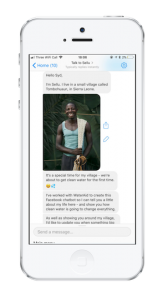
Just as messaging bots (chatbots) are revolutionising business and customer service, they are also proving their value for and becoming increasingly accessible to charities.
“Digital is central to what we do at WaterAid,” says Marcus Missen, Director of Communications & Fundraising at WaterAid UK. “We’re developing and testing new ways to increase engagement and understanding of our cause and improve our fundraising. Automation lets us do this in a smart manageable way.
“We identified Facebook Messenger for our #Untapped campaign, as a channel to build brand love with existing supporters. Guided by Sellu, a farmer and carpenter in Sierra Leone, users explored the daily life and culture of his community – from language lessons to cookery videos, photosets of cocoa pod farming and a 360 degree interactive tool – all creating an immersive world for users to dive into. They could also ask questions and we kept a log of those the bot couldn’t handle, gathering supplementary content to fulfil these, so users authentically enriched the experience for others over time.

Marcus Missen, WaterAid UK
“Reactions were overwhelmingly positive, with 1,882 users, 9,813 messages and a subscription rate of 11%.
“Few organisations have used Messenger as a two-way communications mechanism at scale, and the success of ‘Talk to Sellu’ gave us a foundation on which to build future automated, audience-led experiences.”
The charity’s first Alexa skill, ‘WaterAid Voices’, is one of the many ways that WaterAid continues to explore digital, enabling users to take a journey through sound to the Madagascan village of Tsarafangitra, having fun whilst deepening their understanding of the impact of the charity’s work.
Virtual and augmented reality
As virtual and augmented reality (VR and AR) becomes more mainstream, charities are finding innovative ways to use it to demonstrate their work and enhance their fundraising campaigns, building a closer connection with the cause.

Linda Neugebauer, Prosocial
Linda Neugebauer, CEO and co-founder of Prosocial in Spain, explains:
“With virtual and augmented reality, people can see and experience the issues and challenges that non-profit organisations work so hard towards.”
She cites innovations such as the network of ocean conservation organisations in Spain who are planning the release of new footage through Google Street View Underwater (developed by The Ocean Agency) to communicate the ecological collapse and mass extinction of our oceans.
Neugebauer adds:
“Thanks to this technology, we can enable people to dive digitally into the ocean. Many people have never dived and possibly never will, but through virtual and augmented reality they can experience both its beauty and the ecological decline.

Galapagos, Google Street View Underwater (Source: The Ocean Agency)
“As the ocean is alive and not static, the intention is that the project will release Google 360 underwater videos, which can be viewed through simple VR devices and an AR app.
“Augmented Reality gives us the opportunity to make our visions visible to others as never before. Living in the ‘attention economy‘, where it is increasingly difficult to get people’s attention for more than just a few seconds, it is an opportunity to shift the fundraising paradigm from the use of shocking pictures to inspiring visions. So that people can start dreaming of the world they want to see and we can work together to achieve those goals.”
Livestreaming and gaming
The world of live-streamed gaming is a rapidly growing source of income for good, as charities tap into the rising community of over 1.5 billion gamers. Reinventing the charity telethon, many of the most renowned gamers host fundraising days and encourage followers to donate. More and more charities are setting up their own gaming streams using Twitch – through which around 90 million EUR has already been raised – and other platforms, encouraging supporters to take part and donate.

Lee Clark, GivePenny
“For a lot of charities, it takes a leap out of the comfort zone of traditional thinking to build a presence in such a vibrant online community, blasting out content on platforms like Twitch, YouTube and Mixer,” says Lee Clark, founder and CEO of GivePenny in the UK. “But the early signs point towards a bright future for this wave of connected fundraising.”
“With 15 million daily active users, Twitch represents the largest gaming community on the web today. It could be argued that if a charity hasn’t already built the foundations of their own profile on Twitch, along with a strategy for creating content (streaming) and growing a new audience, they’re behind the curve.”
“Unlike most of their predecessors, tech-savvy Millennials and Generation Z prefer to create their own incredible content to be streamed to their own audiences, rather than to simply consume and share content.
“We live in a world where fundraising products with edgy, progressive messaging, out to start a movement, stand the best chance of being successful – the ones that go a step further and provide access to shareable content for their supporters do even better. Creating spaces where gamers can engage with a charity, like the online Gaming for Good Hubs we create for charities on GivePenny, provide a great launch pad for content-driven engagement with gamers.”

Björn Lampe, betterplace.org
Björn Lampe, board member of betterplace.org Germany’s largest online donation platform agrees, saying:
“We see a lot of success in working with livestreaming gamers, who already have a large number of followers. They are used to interacting with their audience and when labelling one of their regular streams as “charity stream” this proves to be pretty successful.”
“In winter 2018, two charity streaming marathons in Germany raised more than 1 Million EUR for 8 charities in just 72 hours, with the most successful being Friendly Fire. But even less-known streamers can have a great impact. Take the event help.exe as an example. It raised 6,000 EUR for the German Cancer Foundation in three days.”
For two years, betterplace.org has been experimenting with fundraising tools that are integrated into livestreams on platforms like YouTube or Twitch. Lampe adds:
“The targeted donor group in charity streams is a lot younger (usually between 18 and 28) than the majority of the organisations regular donors. For NGOs, it is therefore an interesting way of engaging with this new donor group.”
Gaming for good causes is also becoming increasingly accessible, with JustGiving having recently announced the launch of its Gaming for Social Good Hub.
Email as part of a multi-channel strategy
While the use of these newer technologies is taking off in fundraising and social media can be a real force for good, Nonprofit Tech for Good’s 2018 Global Giving Trends Report reinforces the message that donors like email for the personal touch, with over two thirds (69%) of donors saying they prefer to be thanked for their donation via email, compared to 14% by letter and just 4% on social.
Forecasters may have predicted the demise of email, but many charities like Doctors Without Borders Austria say they are seeing ‘all-time benefits’ in the use of email as part of an integrated multi-channel communication programme.

Andrea Buhl, Doctors Without Borders Austria (Copyright: Michael Meier)
Andrea Buhl, head of the Digital Communication Unit at Doctors Without Borders Austria, says:
“Due to vast changes in interpersonal- and B2C-communication in the last 10 years, driven by development of smart and connected devices, we can extend the well-known strengths of direct email communication with engaging audio visual and social media content, fine-tuned community management and careful data analytics, to build a digital content environment that meets the needs of our donors and supporters anytime and on any device.
“Digitalisation and multi-channel are on top of our agenda. We focus on having one major topic every 3-6 weeks. The distribution includes website, emailing and social media channels as well as Google and YouTube ads, and is often also connected to offline media (magazines, mailings, PR). The email strategy is two-fold; based on communicating our own information and triggered in response to various personalised emails from our audience.
“The high speed of feature-, software- and device-development is a big challenge but it’s key to stay ahead and on track.
“The multi-channel approach achieves good results: our core audience for content is wider, the internal workflow is smoother and conversion rates are growing.”
What’s the overarching message? Digital undoubtedly gives fundraisers the tools to reach and engage a wide range of supporters in a multitude of ways, often at relatively little cost. But for each charity, the channels they use and the approach they take will differ. New opportunities arise all the time and, while fortune can favour the bold, the first step is often the hardest. Don’t be afraid to try something new, but start small and be sure to test along the way, prioritising what works best for your organisation and, of course, your supporters.
Related features:
